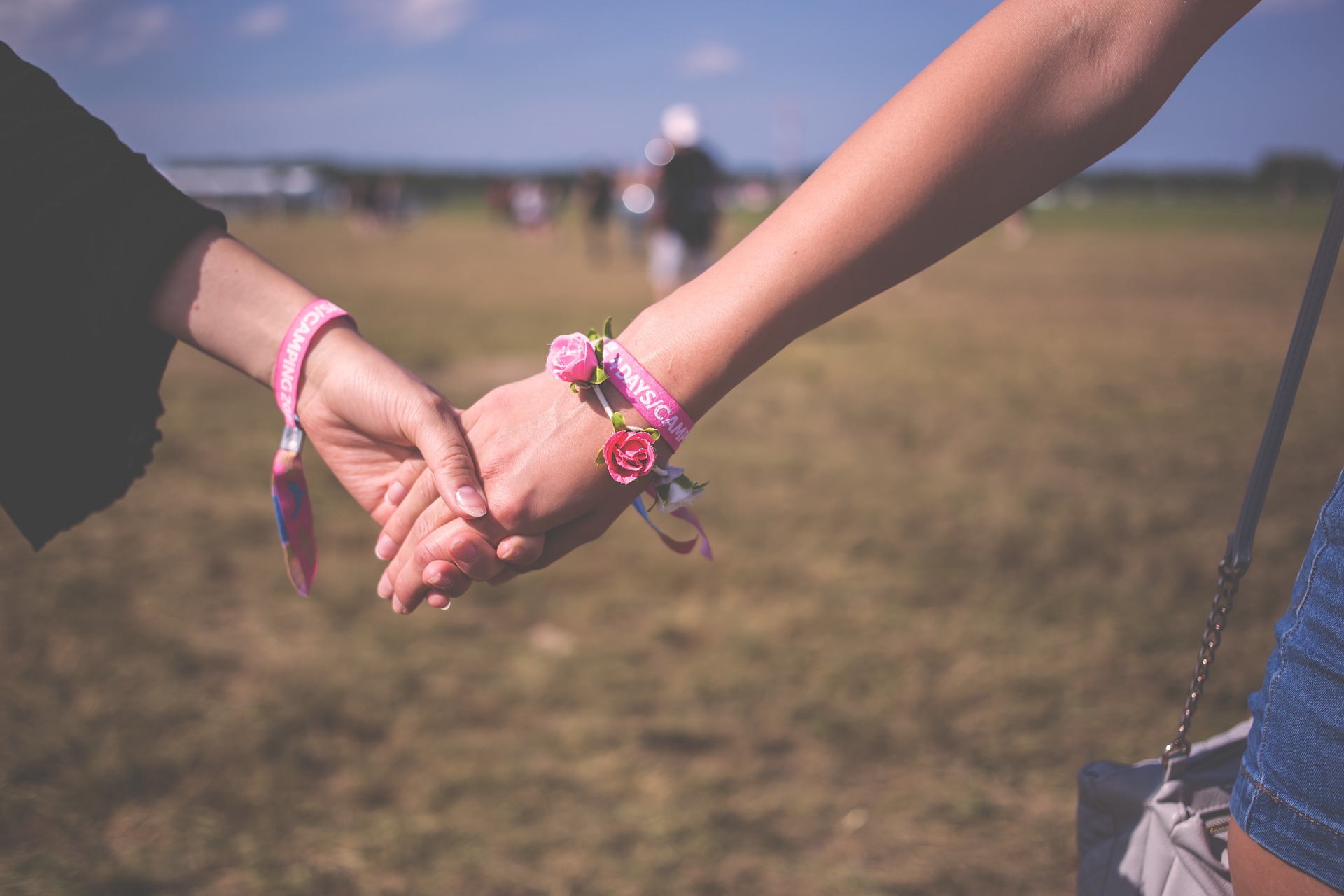As ‘She’ is the only lesbian-priority venue in London and the monthly ‘Dyke Chambers’ night at Wharf Chambers the only lesbian-focused night in Leeds, it often seems as though the ‘L’ in ‘LGBT’ is cast aside. There are several clubs in the UK specifically aimed towards gay men, yet lesbians are often left out of the equation, bringing about the question of how inclusive both the LGBT and non-LGBT communities are of lesbians.
In 2018, there was the sudden emergence of the lesbian flag on social media, which adorns different shades of purple and pink. Many lesbians took to social media to vent about the lack of acknowledgement of the lesbian-specific flag when the flags for transgender and asexual awareness are widely known. I, along with many other lesbians, had never even known of the lesbian flag. Despite its creation in 2010, in the same year as the asexuality flag, the lesbian flag was never popularised. Instead, lesbians were tied under the same flag as the iconic rainbow-striped pride flag, which was originally used specifically for gay men but became widely recognised as a general LGBT flag. This lack of inclusion extends beyond the flag.
Despite being the first letter of the LGBT acronym, when examining the movie industry, it becomes apparent that lesbians are underrepresented in the media – especially lesbian women of colour. There have been a few high-profile LGBT releases in the last few years, but most popular LGBT films are about gay men. When a film with a lesbian romance is released it usually does not receive the same media attention as gay romances, like Hearts Beat Loud.
Even worse, lesbian romances either end in tragedy or are depicted as overtly sexual, take Blue is the Warmest Colour as an example, which is especially problematic when filmed under the male gaze. ‘Lesbian’ is reduced to nothing more than a porn category. Films with lesbian couples also face more criticism than their heterosexual counterparts, most seem to involve cheating or age-gap couples but so do plenty of heterosexual romcoms. People are critical of films like Disobedience for including cheating and yet still hail Lolita as a romance story.
Gay men are fetishized, especially within ‘stan culture’, whereas there’s a level of disgust associated with lesbians that extend beyond homophobia. The stereotype that a lesbian is an unwanted cat lady may seem harmless, but it connotes the idea that being a lesbian is something women ‘retire’ to when they’re unwanted by or unsuccessful with men. The idea that lesbians just need to “meet the right man” is commonly heard and yet nobody tells gay men that they will “meet the right woman”.
Compulsory heterosexuality exists even within the LGBT community, as the argument that “sexuality is fluid” is frequently being used against lesbians who claim they would never have a relationship with a man, despite that literally being what it means to identify as a lesbian. Sites like Tumblr are especially problematic in the discourse surrounding lesbians, cis lesbians are being labelled as transphobic and biphobic whereas gay men seem to face no widespread criticism of their treatment of bisexual and transgender men.
Even in my own personal experience, I felt uncomfortable with labelling myself as a lesbian when I first came out. I felt that ‘lesbian’ was “too harsh” because there was such shame associated with the word. Misogyny is perhaps one of the biggest factors in the mistreatment of lesbians and bisexual women; people try to link everything a woman does to serving men, and the topic of sexuality is no different. Until the way women are seen in society improves, attitudes towards lesbians will never change.

